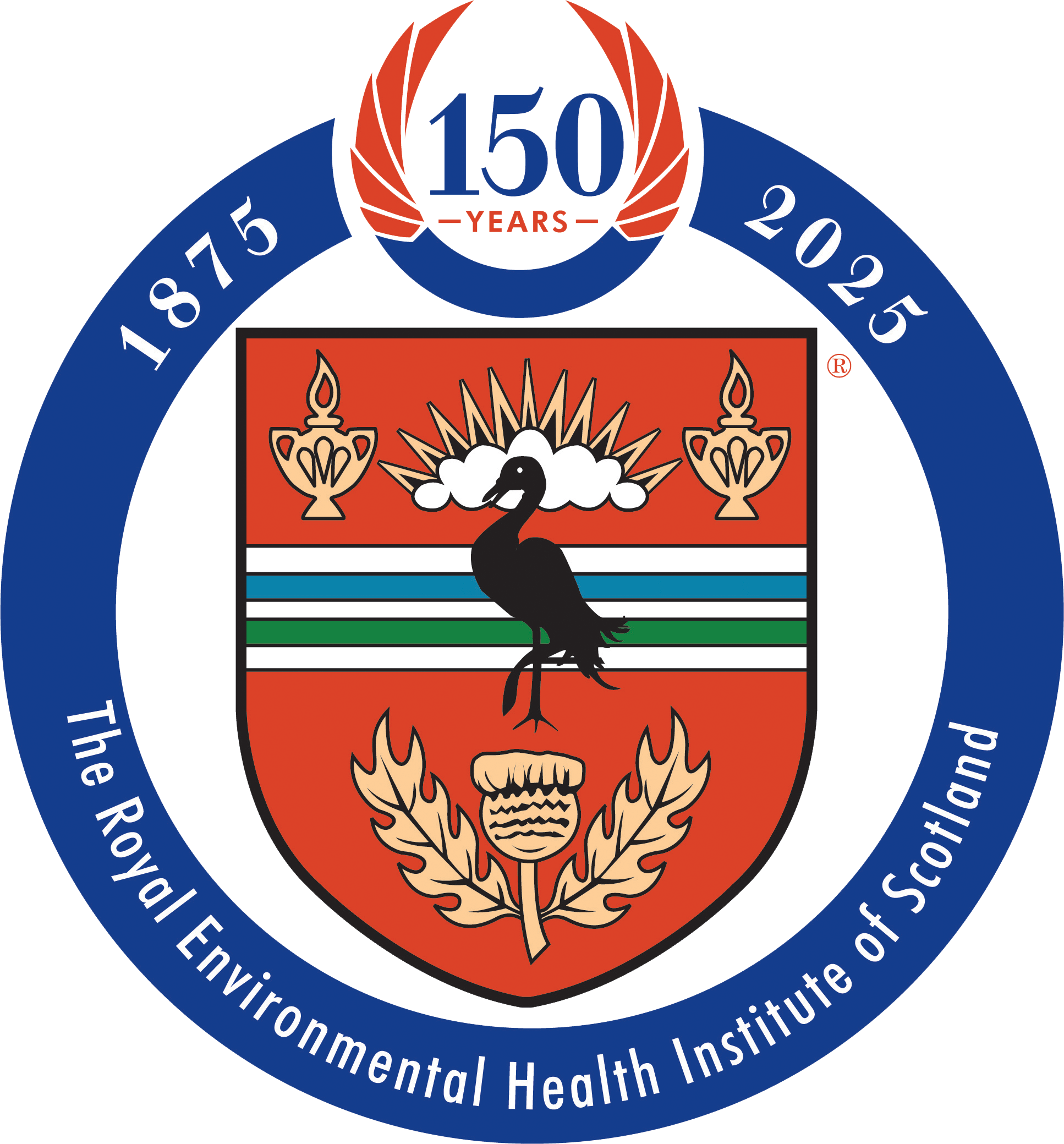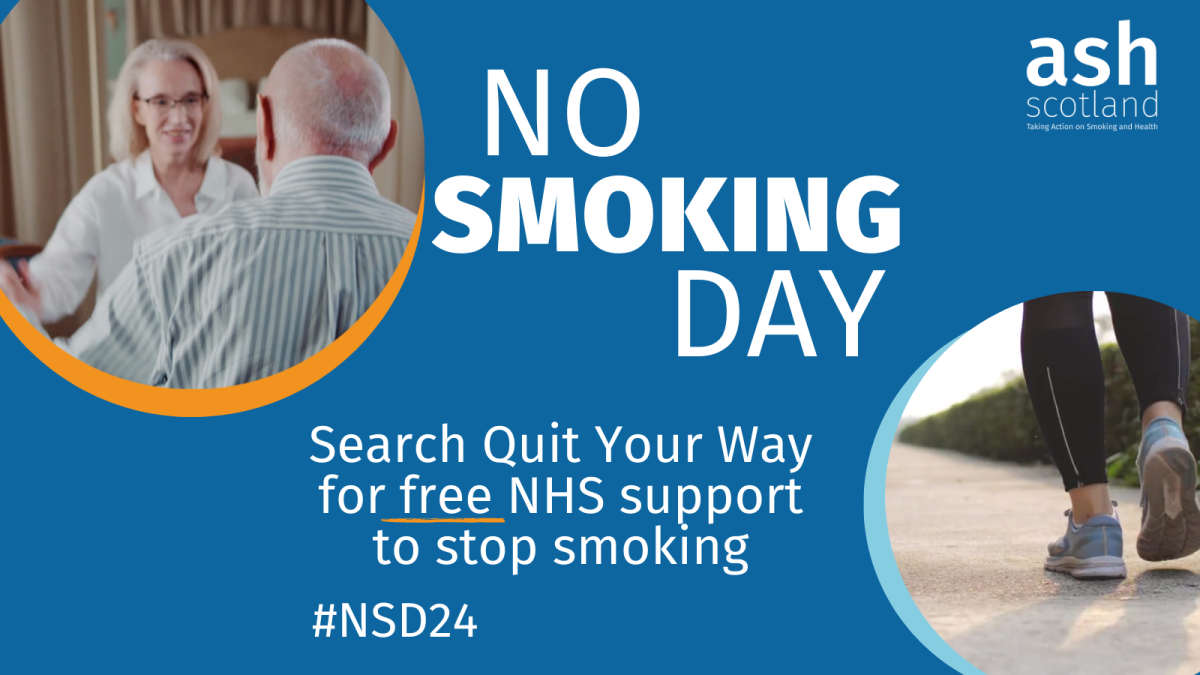A study has identified approaches to food safety inspections across five countries are similar however personal preferences could be responsible for some of the differences.
Research identified how environmental health practitioners from Australia, New Zealand, the United Kingdom, the United States, and Ireland perform food safety inspections. Data was collected via an online survey disseminated by environmental health professional bodies.
A total of 267 respondents were asked questions relating to common components, important aspects, influential factors and methods employed when doing food safety inspections. Over a third of participants reported having more than 20 years of experience undertaking such inspections.
The Flinders University and La Trobe University study, published in the journal Food Control, found food safety inspections are performed similarly across different countries but the personal preferences of inspectors may be responsible for some variations in approach.
Jason Barnes, a public health lecturer at La Trobe University, said: “While there were differences in the laws, cultural and individual approach of inspectors between jurisdictions there was a high level of uniformity which can form the baseline for future standardization or regulation changes to conduct even better food inspections.”
While legislation provides broad expectations of how a food safety inspection program is to be delivered, there is less information on the different methods and processes.
The lack of guidance and standardization around the process of food safety inspections results in inspectors implementing checks based on their own interpretation and perspective on what is best practice. This could lead to a disparity in how inspections are performed between jurisdictions and between inspectors.
Respondents were asked how regularly they take various steps and use various sources of information when performing a food safety inspection.
Prior to conducting an inspection, it was usual to review previous inspection records, menus and details of foods produced by the business, and prepare notes and reminders. The main methods for recording information included the use of checklists and photographs. Less common methods involved materials that facilitate note taking and video and audio recording.
Inspection reports include a list of non-compliances observed during the visit. These are regularly accompanied by an explanation of why items have been deemed non-compliant, a timeframe for resolution, specification of a state that must be met to achieve compliance and instructions on how non-compliances may be rectified. Results were often communicated to the business both via a written inspection report and verbally at the end of a visit.
There are some areas of divergence from the common inspection approach. While many of these emerged between countries, others were attributed to individual differences between inspectors.
Factors such as cognition, emotion and habits, in addition to training and experience, may contribute to variances between inspectors and how they perform inspections, found the study.
Co-author Professor Kirstin Ross, from Flinders University’s environmental health research group, said there are limits to the formal guidelines on the best way to perform inspections.
“Although food safety inspections can be the bane of business owners’ lives, we know that regular and thorough inspections are necessary. Foodborne illnesses not only cause several days of discomfort but can prove very debilitating or even fatal for more vulnerable members of the community,” she said.
“Our research will now investigate what best-practice food safety inspections might look like and provide guidelines for EHPs and support health authorities to implement these changes.”
Suggested areas for future research included examining whether data gathered and analyzed by inspectors during inspections is adequate to identify the risk of foodborne illness presented by a business and to give rise to effective intervention measures as well as analyzing impacts from variances between individual inspectors in their approaches to performing inspections.



